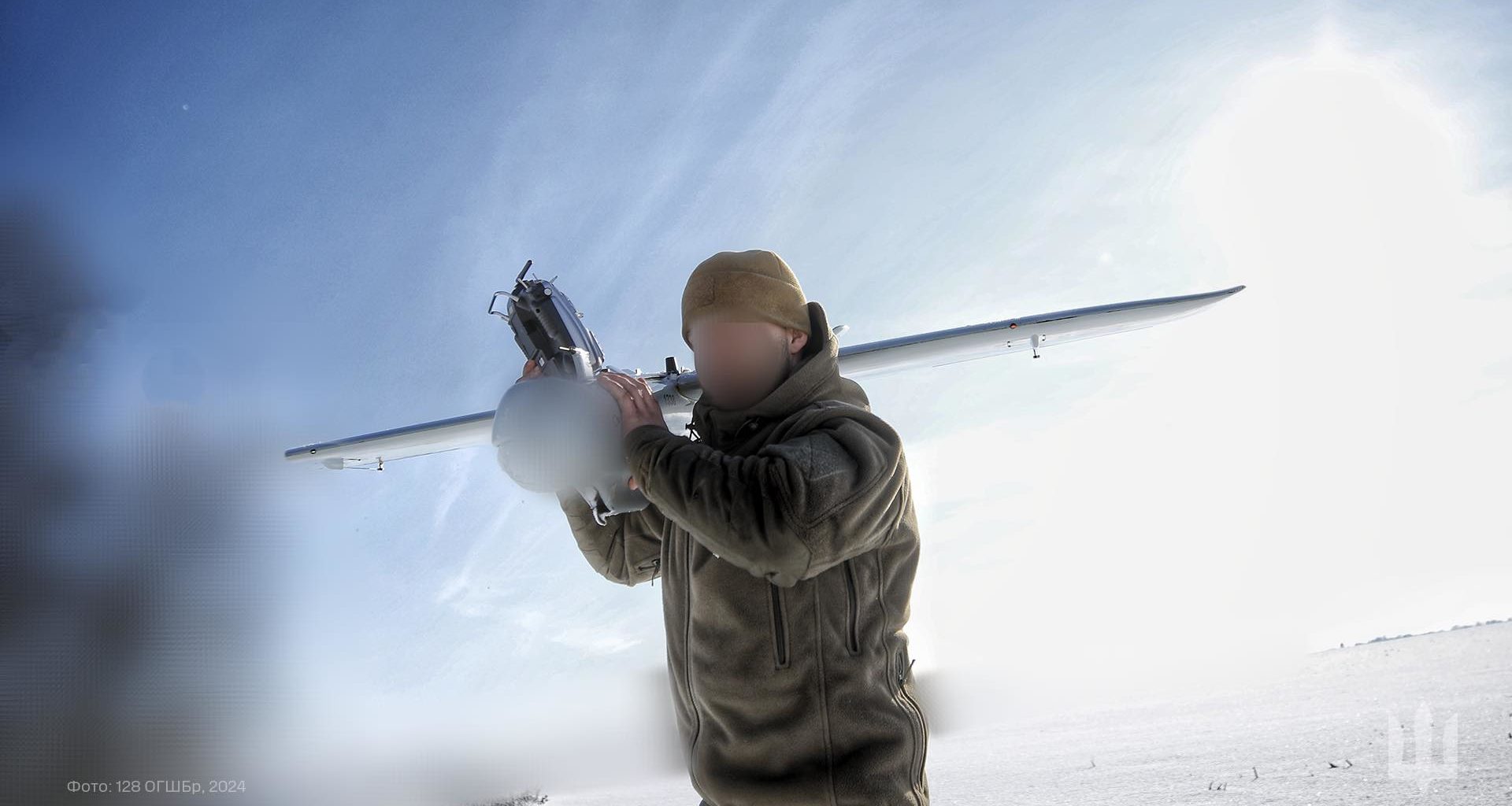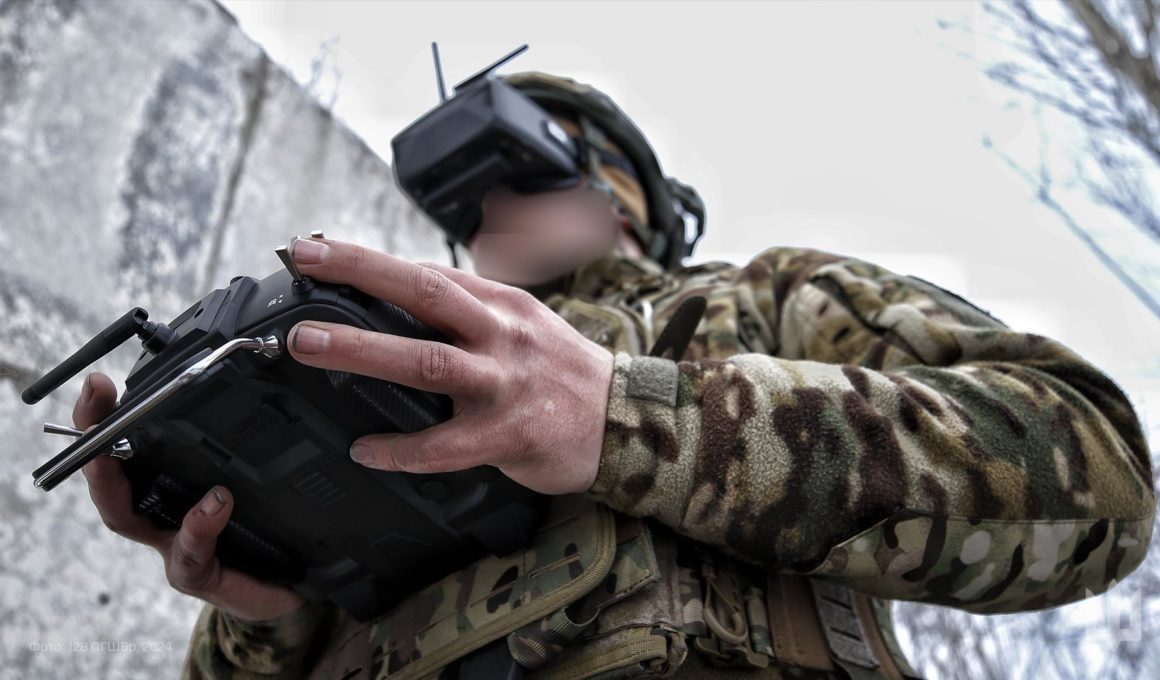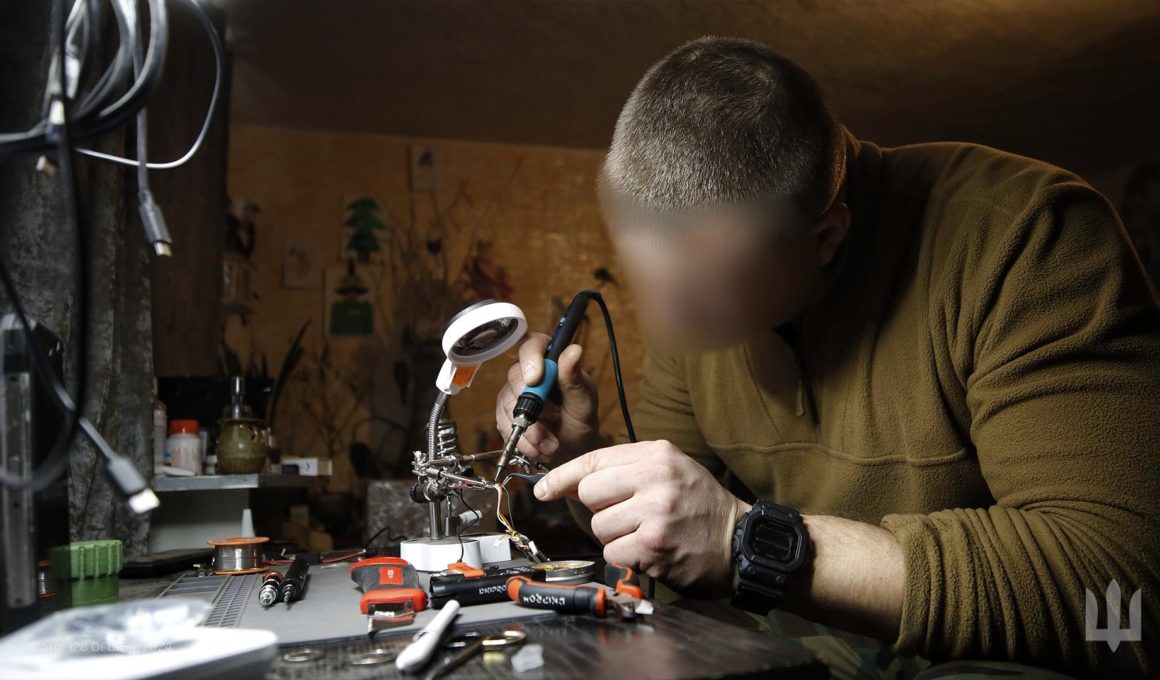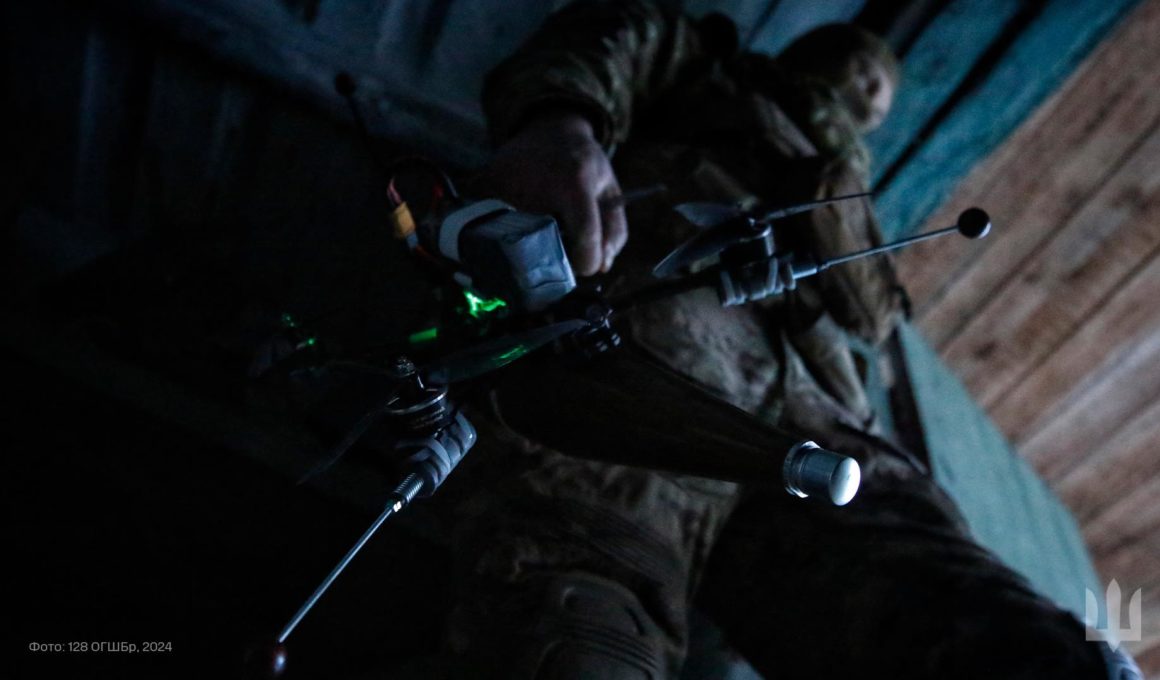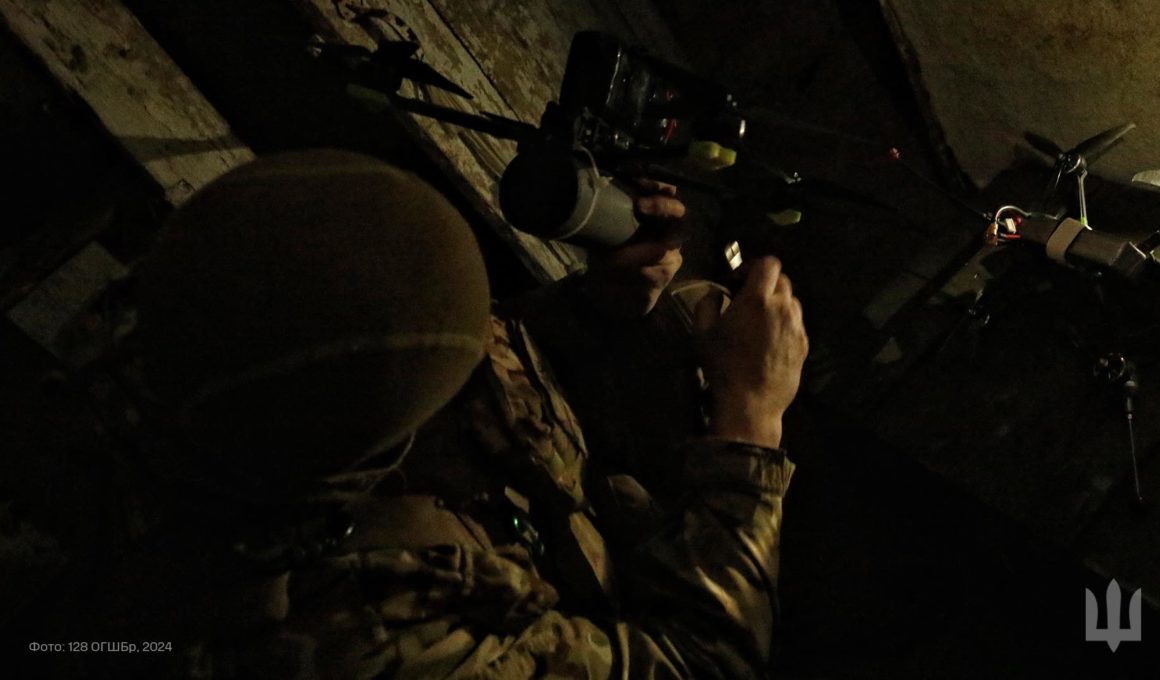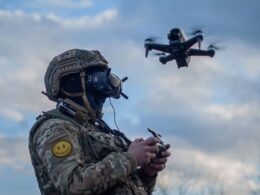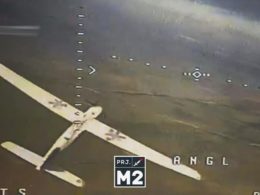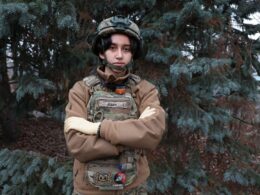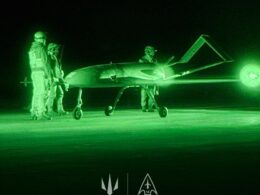“Drones are our eyes from above,” said Vasyl Shyshola, commander of an aerial reconnaissance unit for Ukraine’s 128th Separate Mountain Assault Brigade. “Without a drone above you to command an assault, soldiers on the ground will be helpless without the guidance,” he further noted.
Units are often strapped for resources and with drones being so precious, soldiers will often take dangerous measures to try and recover a fallen drone.
The Royal United Services Institute think tank in the UK estimated in 2023 that Ukraine was losing around 10,000 drones per month. What compounds this problem for Ukrainian units is how reliant they are on the crowdsourcing of drones. The majority of Ukrainian units get their drones through crowdfunding rather than from the Ukrainian Armed Forces.
Lt Col Pavlo Kurylenko stated that “the only thing preventing Russia’s breakthrough on all fronts is FPV (first-person view) drones, 90% of which are being provided by volunteers or military divisions themselves.”
On the frontline, every drone matters, and soldiers will often do whatever it takes to retrieve the drone, including walking through minefields.
The work of aerial reconnaissance depends on the number of drones available in the unit. “The more drones we have in reserve, the more complex tasks we can perform without fear that our infantry will be left without visual support at a critical moment,” said Shyshola.
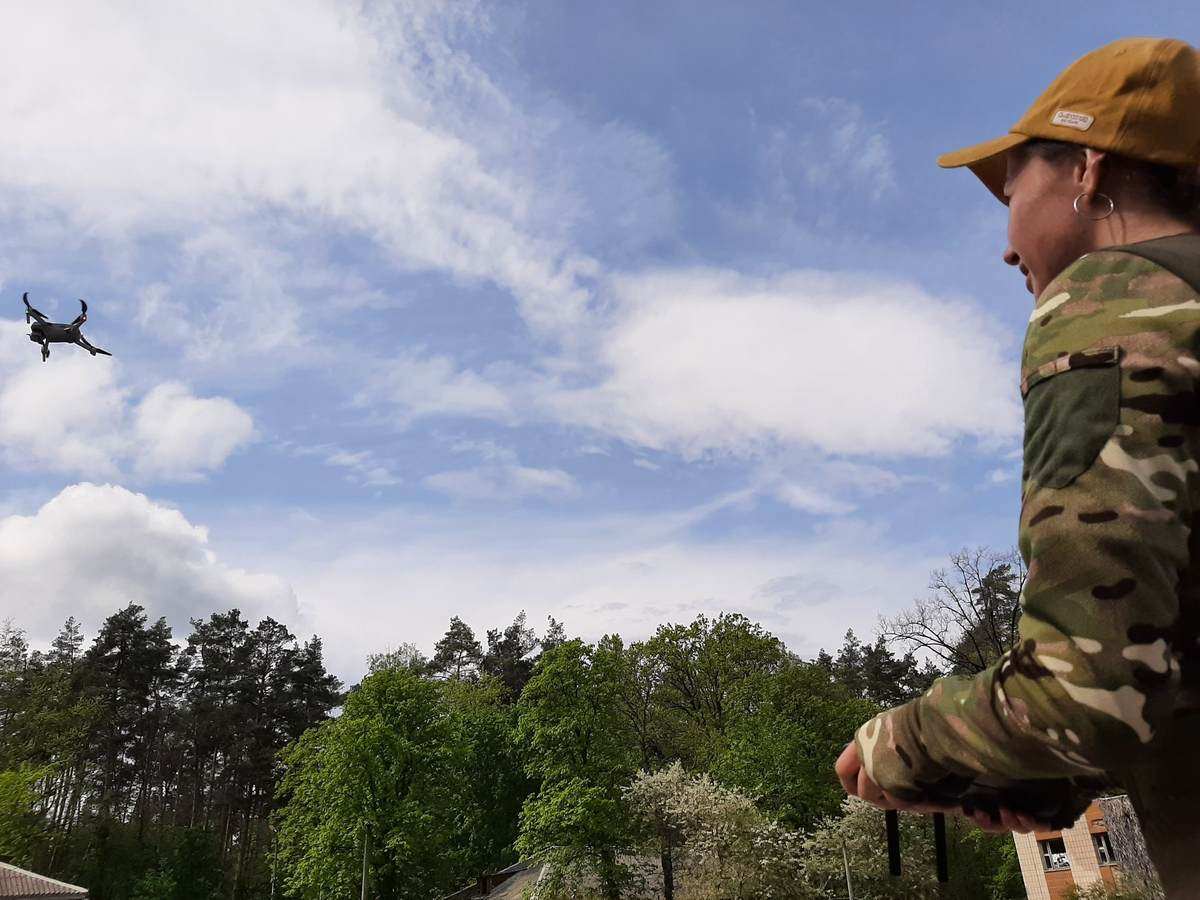
Despite the best efforts of his pilots, losses are inevitable, particularly since most downed drones were in high-risk areas like the gray zone or near enemy lines.
"Retrieving drones on foot was not an option because it contradicts their purpose—preserving lives. So, we decided to find a way to evacuate our drones,” he said.
Initially, the team experimented with a drone equipped with a release mechanism.
"But frankly, this plan didn't work. The lifting capacity of the Mavic and the weight of a drone equipped with a battery were incompatible. We had to drop the hook because it got firmly attached to the drone," Shyshola said, outlining the early failures that led to further innovation.
With time pressing and potential reassignment looming, the team couldn't delay their efforts. "We took another drone and taped about two meters of rope to it, with a triple hook at the end made from grenade rings, which we regularly used against the enemy," he described.
Their first successful recovery was a drone just 500 meters away, in a mine-laden area in front of the enemy's former front positions, in fields mined with everything from anti-tank to anti-personnel mines. After locating the drone in the grass and determining the wind direction, “we made the first attempt to hook the drone by one of its legs,” Shyshola noted.
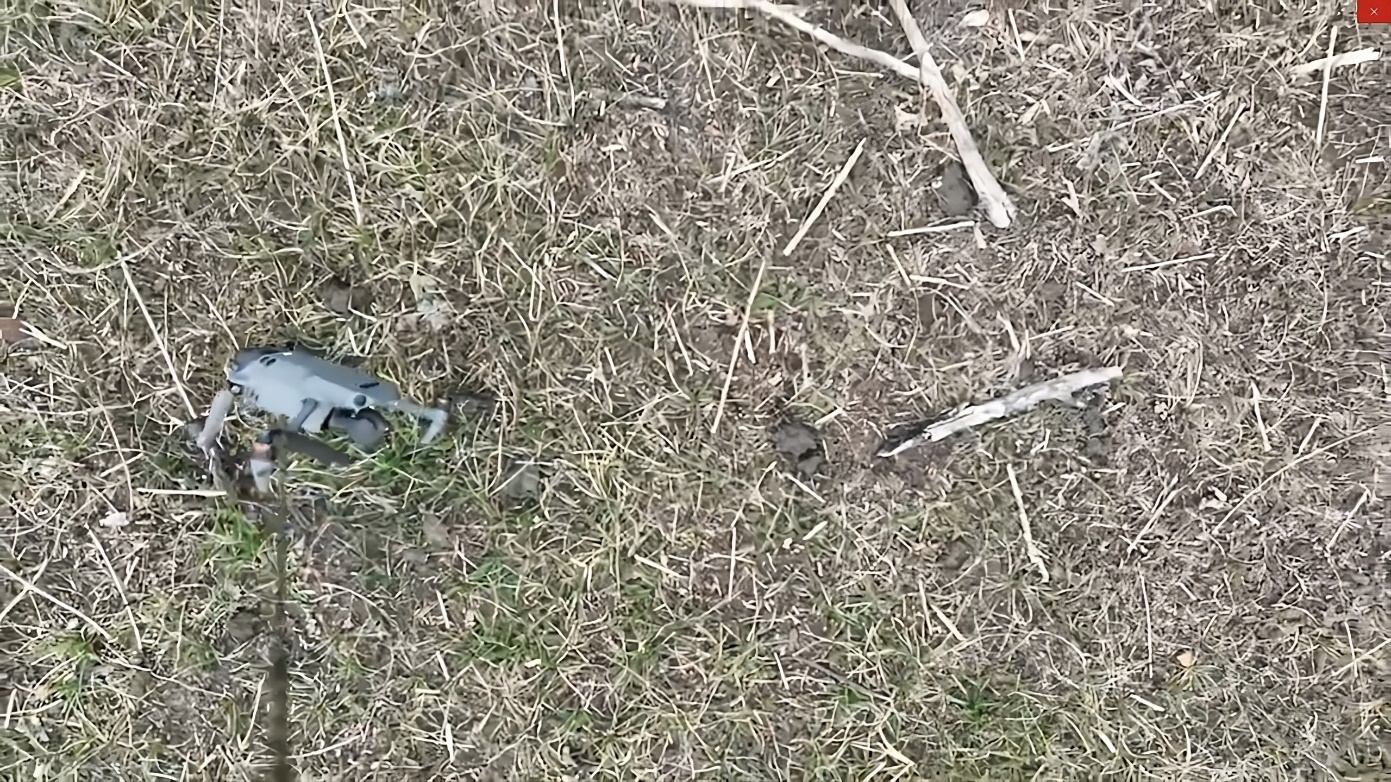
Shyshola highlighted the challenges of flying with the additional weight of another drone, especially under windy conditions and the drone's battery limits.
"But flying with such weight was very challenging, as the wind and inertia swayed the rescued drone in all directions. We managed to secure it and had to land along the way, but already in a safe place for us."
Trending Now
This success led to further missions where all previously known lost drones were retrieved in just a few hours.
"The excitement couldn't be stopped," he noted, describing how they continued to recover drones throughout the daylight hour. However, they still faced numerous challenges. “Some drones were so damaged they literally fell apart in the air once we were able to lift them off the ground.”
There were other times where the drone was struggling to carry the weight and they needed to free the hook to protect the main working drone.
Nonetheless, Shyshola and his unit were able to rescue 16 drones, 10 of which were completely intact, including six equipped for night operations. The six drones that were damaged and not working were sent to volunteer organizations to repair.
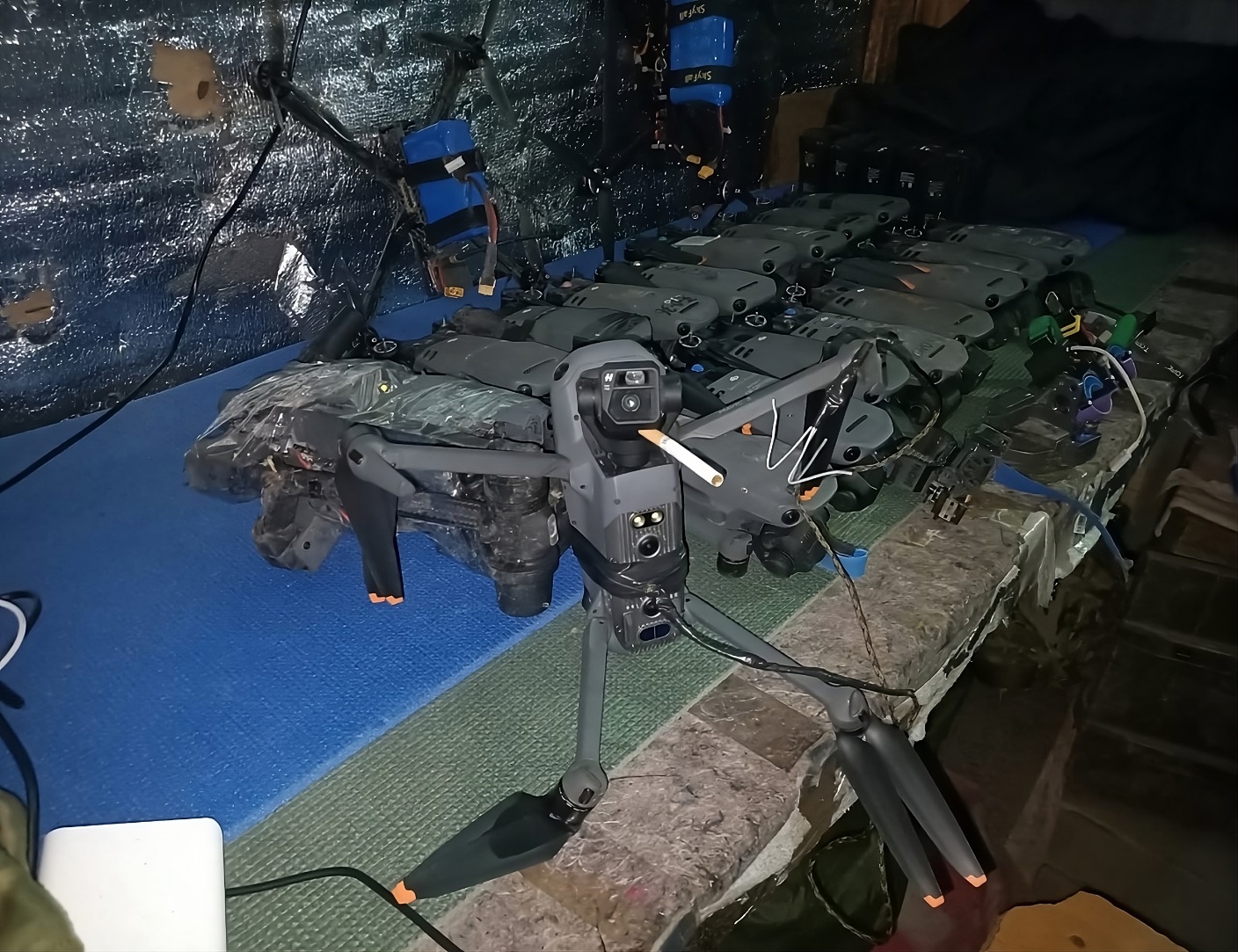
Shyshola noted that it’s most common for units to have one or a few Mavic drones at once. To have such a large quantity of drones collected for one unit was unprecedented.
These efforts are not without their challenges, as electronic countermeasure systems continue to improve, making drone rescue missions increasingly difficult.
"These drones are irreplaceable in modern warfare. Unfortunately, collecting them in such quantities on the battlefield is no longer possible due to the radio horizon, which does not allow descending to such low altitudes at a distance of about 4km," Shyshola concluded. He further remarked that his unit will continue to innovate and figure out new ways to retrieve fallen drones from the battlefield.
Related:
- Inside Ukraine’s secret FPV drone labs racing to stay ahead of Russia
- Podcast: How drones complement but cannot replace artillery in Ukraine’s military strategy
- Inside Ukraine’s campaign to crush Russia with combat drones
- Ukraine downs Russian drones with Soviet-era training plane in WWI-style dogfight

